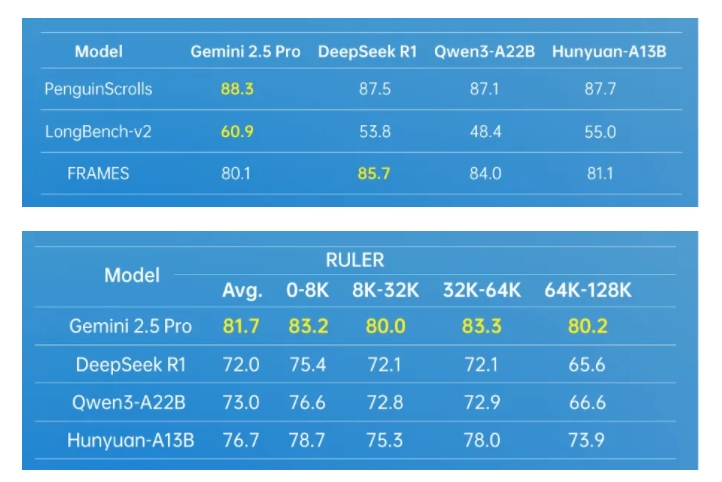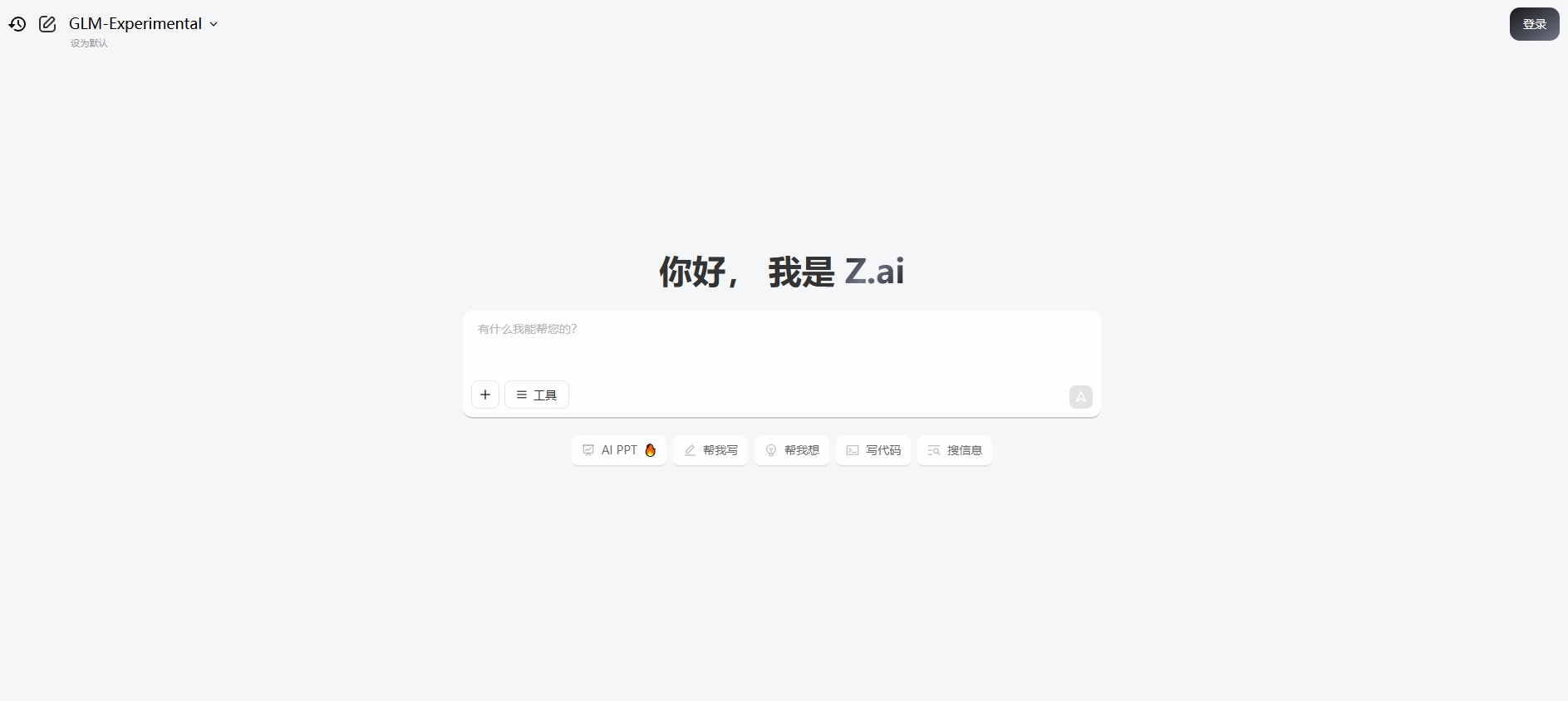Recently, Microsoft CEO Satya Nadella announced a major technological breakthrough - the BioEmu model. This new model can reduce the time required for protein dynamic simulation from years to just a few hours, significantly improving the efficiency of pharmaceutical and biological research, and bringing revolutionary products to personalized medicine.

The research results of BioEmu have been published in the world's top journal "Nature" and have received widespread attention. Netizens have expressed their congratulations on this technological achievement and look forward to seeing more such innovations from Microsoft's continuous efforts. The release of BioEmu marks a transformative leap in the field of biological research, which is expected to redefine the speed and accuracy of drug development and bring profound changes to healthcare.
Traditional methods for protein structure analysis, such as X-ray crystallography and nuclear magnetic resonance technology, although they can provide high-precision structural information, are time-consuming and costly. Although Google's AlphaFold2 model performs well in predicting single protein structures, it still has shortcomings in simulating protein dynamic conformations. BioEmu effectively fills these gaps.
The core design of BioEmu is to convert protein sequence information into various possible three-dimensional structures. It uses a protein sequence encoder based on the pre-trained AlphaFold2 model to convert protein sequences into representation information, providing a foundation for subsequent conformation generation. At the same time, BioEmu reduces computational complexity through coarse-grained methods, while retaining key structural information.
In the diffusion conditional generation model, BioEmu generates protein conformations similar to the target distribution by gradually removing noise. This diversified conformation generation method is crucial for capturing protein dynamic behavior. The score model plays an important role in this architecture, using multiple information to predict scores, thereby ensuring the accuracy and stability of the model.
BioEmu's training method combines multiple data sources, including over 200 milliseconds of molecular dynamics simulation data and experimental measurements of protein stability data. Through a multi-stage training strategy, BioEmu effectively improves the stability and accuracy of the model, laying a solid foundation for the development of biotechnology.
This technological success is not only a major step in scientific research, but also an important milestone for the future of drug development and biomedical fields.
Key Points:
🌟 The BioEmu model can reduce the time required for protein dynamic simulation to just a few hours, greatly improving research efficiency.
🔬 The model uses various advanced technologies to provide diverse protein conformation generation, solving the shortcomings of traditional methods.
📊 BioEmu combines a large amount of molecular dynamics data and improves the accuracy and stability of the model through innovative training methods.






